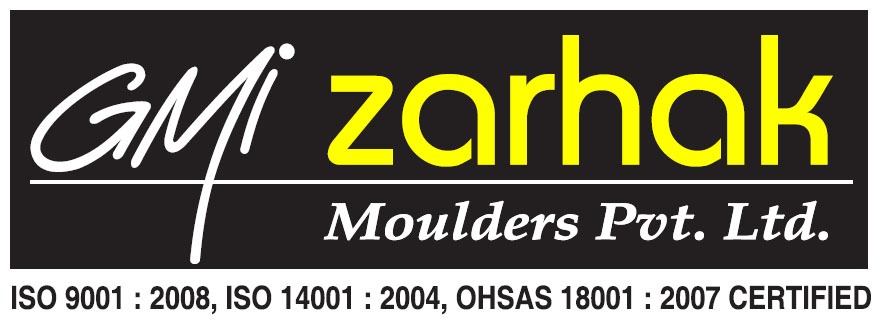GST - A positive development for the country

GST
370 week ago — 5 min read
The implementation of GST is one of first tax systems where the honest tax payer is rewarded. All other tax systems are subsumed by GST. Earlier, it was more profitable to evade taxes, and those who paid the tax honestly appeared to be fools. The departments tasked with ensuring tax payments had a hard time pinpointing tax evasion.
With the implementation of GST things have changed. At present government agencies are encouraging businesses to move towards an environment with increased tax compliance. It was a bit alarming to hear businesses with turnover above INR 5 crores complaining that the exemption threshold of 20 lakhs was too low.
The big idea, not new to the world but a first for India is the fact that there will be only one tax across the country and one rate applicable for that item. A huge game changer, every business especially those with pan-India presence would have to look at their delivery strategies. State governments would not have much to do in their annual budget exercises where the rates would be moved up or down depending on the strength of the various lobbies and strategies would be modified to derive maximum mileage based on the tax structure. Today this strategy is still in vogue where road tax is concerned, see “PY” or Pondicherry registered high end vehicles plying in Goa. The owners show an office or residence in Pondicherry to take advantage of the lower road tax in that part of the country.
The difference in India compared to the rest of the world is the fact that we have multiple rates. There is no possibility of ever seeing a luxury high end car and soap having the same rate. It would not be politically prudent and might not make sense for the Indian context.
The pundits feel that implementation should have been done with more preparation. The proof of the pudding is in eating and the only way forward was to implement the tax. The good part is that the government is keeping its ear to the ground and tweaking the system as required.
The area where the government has failed with respect to GST implementation is explaining how and why ’28% GST’ is lower than the earlier ‘VAT of 12.5%’ to the end consumer. For manufacturers it was easy to comprehend, as they were used to taking credit for tax paid. What consumers did not see was the fact that whatever manufactured goods they purchased already had 12.5% central excise loaded. On top of this they paid 12.5% VAT. Add octroi, entry tax etc and you have a built in tax of close to 28%. The goods now come with 28% GST (further reduced to 18% on most goods). However due to the removal of cascading effect of taxes, the basic price itself is lowered and thus goods are cheaper. Due to the confusion, old stocks in some cases prices are the same, this situation will change as things settle down and competition kicks in. Things get complicated because of the MRP stickers. If prices are reduced the stickers are not easy to change for products already on the shelves.
Previously a business got credit for tax paid only if an item was used in manufacturing. With GST, any tax paid entitles you to a credit and this is a big bonus which will surely be passed on to customers in a competitive environment.
Interstate trade has just got simpler, there are no “C” forms to be collected or delivered two and three years after the transaction, coming to light at the time of assessment. While, filing monthly returns seem to be burdensome, the old system of assessment, 3/4 years later is worse, time consuming and with major potential for graft.
The fact that one has to deal with just one department i.e GST and not a plethora of departments, like the Central Excise, Service Tax, Sales Tax, Octroi departments will go a long way in making it easier and cheaper to do business. A point to be noted here is that with the removal of Octroi check posts at most border points, goods vehicles is expected to increase turnaround and bring down transport rates.
The E-Way bill was stopped as the system crashed. Once restarted, it will check all businesses engaging in undesirable activities. One example is the sending of goods from one place to another with an invoice and once the goods were safely in a godown, destroying that invoice and selling those goods without documentation.
Tax evaders are very innovative so lets see how long the system beats them. Till then GST is going to get more businesses to comply and become “tax paying”. GST is actually a good tax though it can do with some simplification.
To explore business opportunities, link with me by clicking on the 'Invite' button on my eBiz Card.
Disclaimer: The views and opinions expressed in this article are those of the author and do not necessarily reflect the views, official policy or position of GlobalLinker.
Posted by
Blaise L CostabirAs head of the Goa based Company with a second factory in Pune, It is my responsibility to ensure that we live up to our mission "superior by design". The company...
Network with SMEs mentioned in this article
View Blaise 's profile
Other articles written by Blaise Costabir
Incentivise farming to boost agriculture sector
360 week ago
Most read this week












Comments (1)
Share this content
Please login or Register to join the discussion